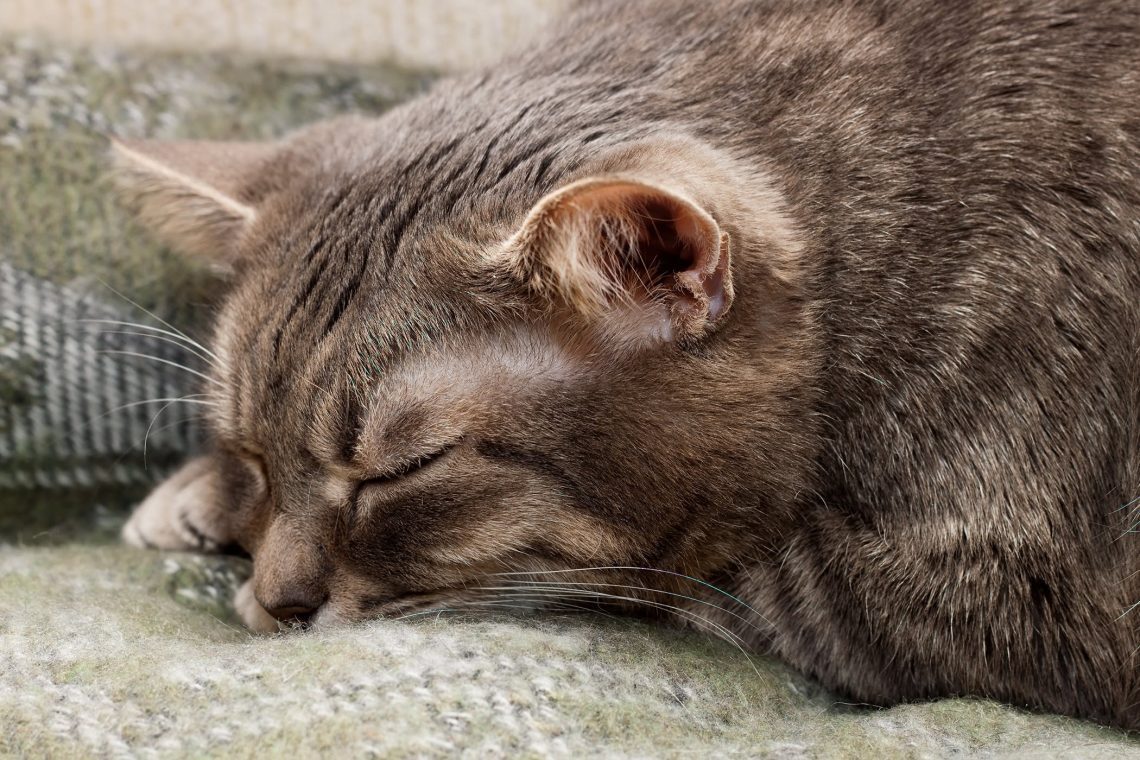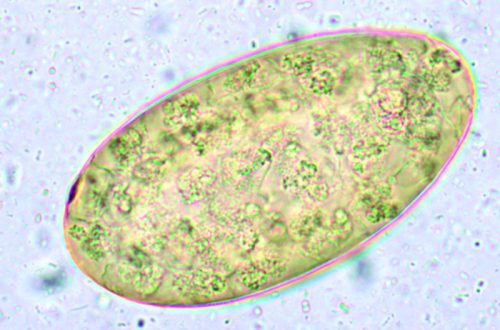
Ataxia in cats: symptoms and treatment
Ataxia is a neurological disease in cats that occurs due to damage to the cerebellum, which is responsible for orientation in space. Why does it develop and how to help the pet?
Cerebellar ataxia in cats can be either congenital or acquired. It manifests itself in the form of a violation of the movements of the animal and can be of several types: cerebellar, vestibular, sensitive.
Contents
Cerebellar ataxia
With intrauterine damage to the cerebellum, cerebellar ataxia develops, the signs of which are visible immediately after the birth of the kitten. In turn, such ataxia is divided into two varieties – dynamic and static. Dynamic ataxia is visible in motion – jumping clumsy gait, falling on one side, lack of coordination of movements. With static ataxia, muscle weakness is observed, it is difficult for the animal to sit or stand in one position. Another hallmark of cerebellar ataxia in cats is uncontrolled shaking of the head and eyes. This type of disease is not treated, but does not progress over the years.
vestibular ataxia
It develops due to damage to the inner ear. It manifests itself in the form of body swaying when walking, tilting the head, trembling in the body. The animal may experience earaches or headaches.
Sensitive ataxia
It occurs due to damage to the spinal cord. With this type of ataxia, the animal has poor control of the limbs and tail, movements can cause him pain.
Causes of the disease
The cause of the development of ataxia, in addition to the congenital type, can be:
- cerebellar injury;
- spinal cord injury;
- tumors in the ears, otitis media;
- hypoglycemia;
- poisoning;
- drug overdose;
- infections affecting the nervous system;
- panleukopenia;
- tick bites;
- diabetes;
- thiamine deficiency;
- intervertebral hernias.
Congenital ataxia develops if the mother cat has had panleukopenia or other infectious diseases during pregnancy. Parasites in a pregnant cat can also cause ataxia in future offspring.
Symptoms are ataxia
The symptoms of ataxia are very simple and specific. To understand that a pet is sick, you can by the following signs:
- staggering gait,
- roll over to the side,
- inability to maintain one posture,
- tilting the head back or tilting it to one side,
- salivation,
- erratic pupillary movements,
- weakening of the muscles of the neck and head,
- walking in circles,
- stiffness of movements
- loss of sensation.
Treatment and forecasts of doctors
Treatment for ataxia depends on what the cause is. In some cases, it may be enough to correct the balance of vitamins in the body or stop taking the medication that provoked the disease. In other cases, for example, with tumors and hernias, surgical intervention will be required.
Congenital ataxia cannot be completely cured, but it is quite possible to improve the condition of the animal. This will help physiotherapy and special home care.
Preventive measures
To avoid injury and minimize the chance of contracting infectious diseases and parasites, you should to exclude self-walking of a cat. In addition, it is important to provide the animal with a safe living environment. And of course, it is necessary to regularly undergo preventive examinations at the veterinarian, as well as seek help at the first changes in the behavior and appearance of the pet.
See also:
- Dementia in cats – causes and treatment
- Signs of aging in a cat, how the brain changes
- Rabies in cats: symptoms and what to do





